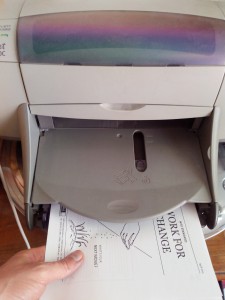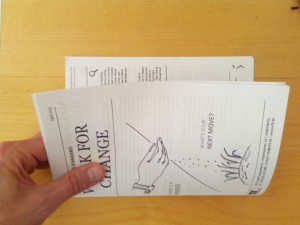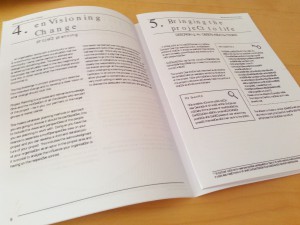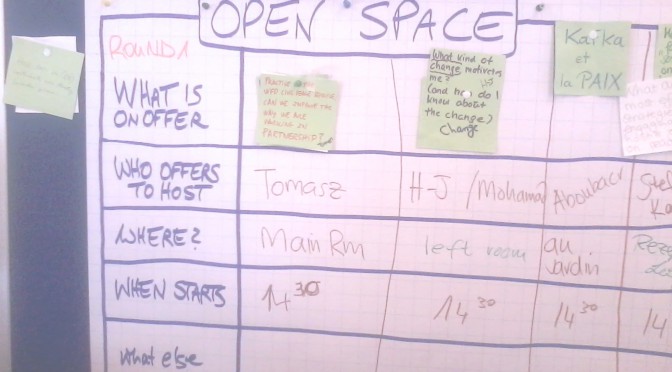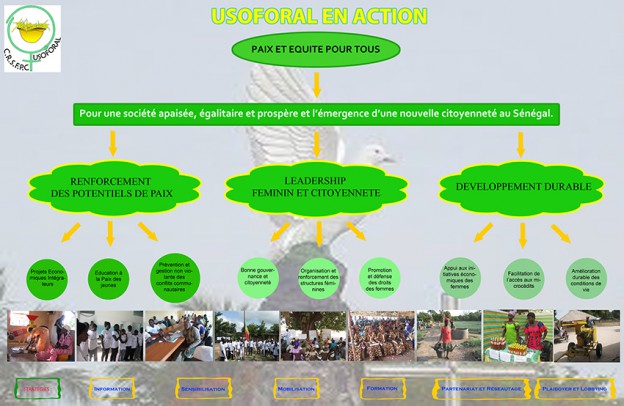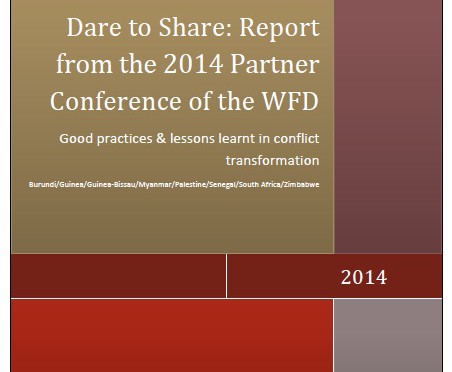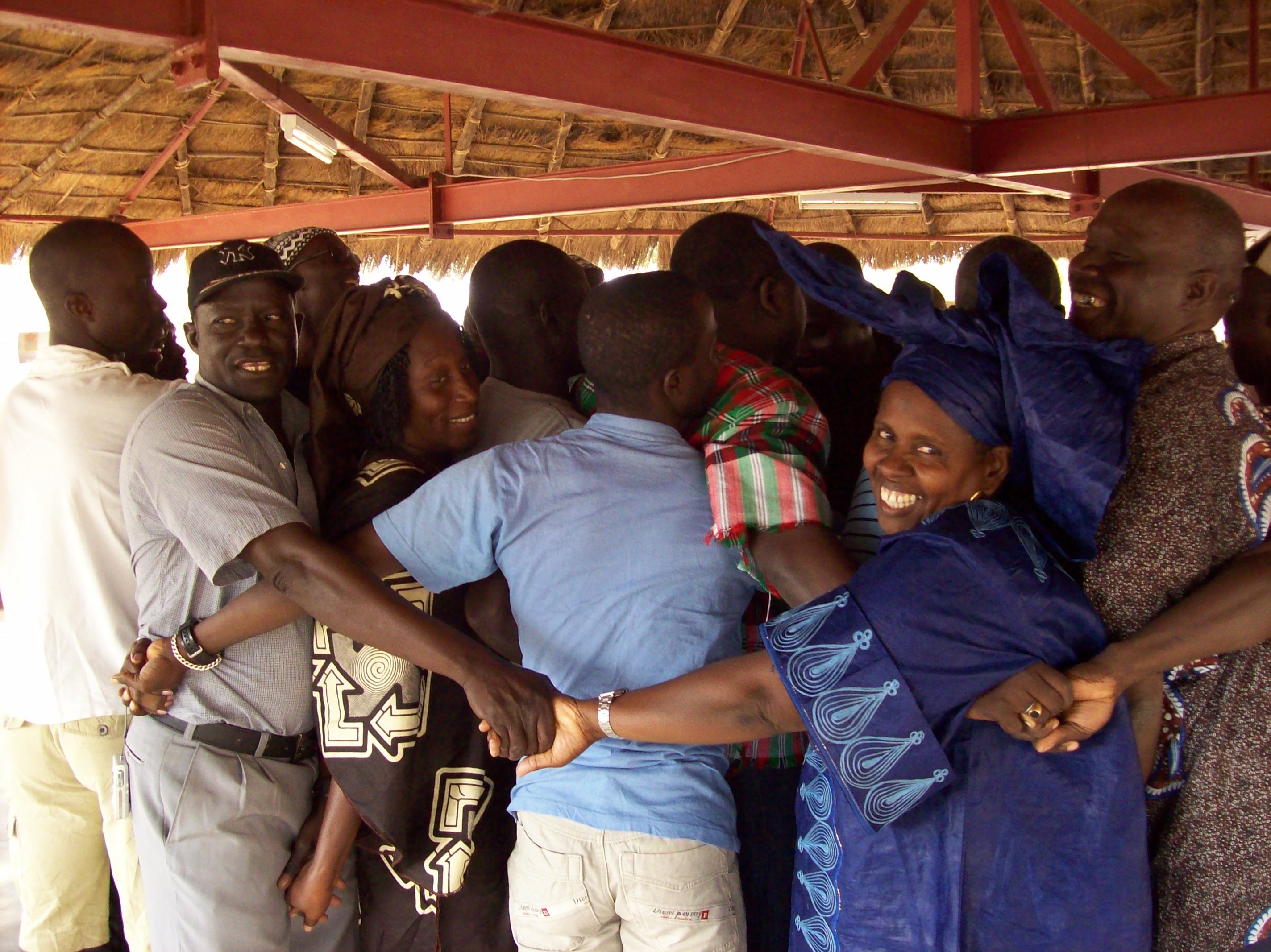By giving profound feedback to our recently released manual “Work for Change”, conflict transformation expert Undine Whande from South Africa premieres in our new WFD-Peace Talk.
The renowned facilitator, who also hosted the partner conference of the WFD in Berlin in 2014, highlights the accessibility and usefulness of the new framework for PM&E and proposes a learning perspective to develop the manual further. To get a deeper understanding for your work on impact in the field, we are happy to provide you with this brand new film clip. A transcript of it is delivered below.
Welcome to Peace Talk No.1 (transcript)
„The Future Manual is Always also Relational“
A Talk about the new Manual „Work for Change“
From Cape Town, South Africa: Undine Whande
„I had amazing teachers at the centre for conflict resolution. I am trained as a mediator, worked in community mediation and training and various dialogue programs, trying to bring people together in the new South Africa.“
How do you like the manual?
„What I love about the manual that it goes I guess quite far into the opposite direction of random control testing and a lot of the kind of quantitative approaches which are imposed upon social projects by funders. So I enjoy that. I enjoy the freedom that it wants to give. And at the same time to say: But you do need some kind of discipline. You need to regularly touch base. You need to pause. You need to come together. And you need to sense and make sense and to make time for that. So it is trying to get people out of the doing mode.“
What is the essence for you of the manual?
„It felt to me like an attempt to marry some of the more linear thinking that goes into project work. Cause project is a projection. I am projecting – the future, that I would like to see. And then there is life. And life is not a project.“
What do you miss in the manual?
„Maybe a chapter on learning. So for me, when I was still working in organizational life, we had PM&E and we changed it to LM&E. We still worked with the monitoring and evaluation, but we put the learning first. I find particularly in German development corporations a real obsession with planning, maybe in all development corporations and even in the corporate world. There is an unbelievable faith in the plan. If we have a good plan, we are so sorted… But the complex realities that we are facing now proof the opposite. Sometimes less of a plan is really better. But heightened awareness and attention and time to get together, to be in relationship and try to make sense of what’s unfolding is more important than spending elaborate time projecting a plan.“
How does the manual of the future look like?
„Ideally the future manual is always also relational. It is never just a piece of paper or even just an interaction online… I feel that’s maybe the strongest part: a manual is one thing and then… it really is about creating value. We have to create value for reflection and conversation and also for just stopping doing.“
So let’s create value by learning together!
Thank you, Undine Whande
Would you like to learn more about the Manual? You can download it below. In a two minutes clip, Civil Peace Advisor Doerthe Beer explains the concept and benefits of the manual.
Manual on working for impact
After war and crisis we work for change. But how do we measure our impact? How can we plan and monitor our project? There are so many concepts but there is only few understanding of the common ground we walk on. The new manual “Work for change” sets a guiding line in peace working.
By pointing out the core values of planning, monitoring and evaluation to create change, the WFD Standard helps creating a mutual understanding of the basic principles in the partnership of the WFD and its partners.
It is a work in progress – please share your wisdom!
If you want to leave a comment, please use the window at the bottom of the page.
You can read the manual in the window below.
If you want to download the handbook version, please click here:
You will have a decent workbook, if you print it out like this:
1. Print out the UNEVEN pages in REVERSED order.
Then:
